M
I
C
R
O
S
T
O
R
Y
O
F
A
R
T
........................................................

NOW COMPLETED:

........................................................
MICROSTORY OF ART
ONLINE JOURNAL FOR ART, CONNOISSEURSHIP
AND CULTURAL JOURNALISM
........................................................
INDEX | PINBOARD | MICROSTORIES |
FEATURES | SPECIAL EDITIONS |
HISTORY AND THEORY OF ATTRIBUTION |
ETHNOGRAPHY OF CONNOISSEURSHIP |
SEARCH

........................................................



 >MICROSTORIES
>MICROSTORIES
- Richard Serra
- Martin Scorsese
- Claude Simon
- Sunshine
- Werner Herzog
- The Creation
- Marcel Duchamp
- Nino Rota
- Wölfflin and Woolf
- Hansjörg Schneider
- Kraftort Arkadien
- Visual Biography
- Schlaraffenleben
- Die Geisteswissenschaften
- The Voyeur
- Buzzword Sustainability
- Paul Verlaine
- Tao Yuanming
- New Beginning
- Seneca
- Still Lifes
- Charles Baudelaire
- Frédéric Chopin
- The Art History of Sustainability
- Wang Wei
- Solarpunk
- Historians of Light
- Lepanto
- Renaturalization
- Plates
- Snow in Provence
- Learning to See
- Picasso Dictionaries
- Peach Blossom Spring
- Picasso Tourism
- Tipping Points
- Sviatoslav Richter
- Weather Reports
- Treasure Hunt
- Another Snowscape in Picasso
- Picasso in 2023
- Dragon Veins
- The Gloomy Day
- The Art of the Pentimento
- Reforestation
- The Status of Painting
- Emergency Supply
- Punctuality
- Watching Traffic
- Zhong Kui
- How Painting Survived the 1990s
- Confirmation Bias
- Sustainability and Luxury
- Garage Bands
- Picasso and Artificial Intelligence
- Eyes of Tomorrow
- Picasso in 2023 2
- Gluing Oneself to Something
- Suburbia
- Bamboo
- Sustainability and Carpe Diem 1
- Interviews with Bruegel
- Sustainability and Carpe Diem 2
- Coffee & Sugar
- Bamboo 2
- Picasso in 2023 3
- Sustainability and Carpe Diem 3
- Cherry Orchard
- Old Magazines
- Chance
- Nick Drake
- Harlequin
- The Smartphone & the Art Book
- Atlas Syndrome
- The Kitchen
- Atlas Syndrome 2
- Consideration
- Tori Amos
- School
- Orchard Auctioning Day
- The Hundred Years’ War
- Sócrates
- Chameleon
- Nefertiti Bust
- Picasso as a Computer
- Sunflowers
- Philemon & Baucis
- Ode to the Radio
- Childhood
- Wimmelbild
- Restitution
- Nick Drake 2
- Wishful Thinking
- Sundays
- The Independent Scholar
- September
- The Fisherman by Pirosmani
- Microadventure
- Sociology
- Salvator Mundi
- Chillon
- Appassionata
- Amber
- Homer
- Berlin
- Planet Walk
- Improvisation
- Seeing Picasso
- These Nice Kids
- Robber
- The One
- The Sea Turtle
- Zoo
- Through the Hush
- Wunderkammer
- I Do Not Seek, I Find
- Shopping Mall
- Food Hamper
- The Secretary
- This Gate
- Nor Rainy Day
- House on a Hill
- Beautiful Island
- Second-hand Bookstore
- Flat
- Slap in the Face
- Serra, Wenkenpark
- Apologies
- The Bells
- Nordmann Fir
- Picasso Wanting To Be Poor
- Picasso, Pirosmani
- A Brief History of Sculpture
- 24 Sunsets
- Rusty Phoenix
- Glove
- Wintry Stanza
- A Song
- Like A Beatle
- Catching An Orange
- Solar Bees
- Permaculture

 >FEATURES
>FEATURES
- Van Gogh On Connoisseurship
- Two Museum’s Men
- Ende Pintrix and the City in Flames
- Titian, Leonardo and the Blue Hour
- The Man with the Golden Helmet: a documentation
- Un Jury d’admission à l’expertise
- Learning to See in Hitler’s Munich
- Leonardo da Vinci and Switzerland
- The Blue Hour Continued
- The Blue Hour in Louis Malle
- Kafka in the Blue Hour
- Blue Matisse
- Blue Hours of Hamburg and LA
- A Brief History of the Cranberry
- The Other Liberale in the House
- The Blue Hour in Raphael
- Who Did Invent the Blue Hour?
- Monet on Sustainability
- Velázquez and Sustainability
- The Blue Hour in Guillaume Apollinaire
- Van Gogh on Sustainability
- The Blue Hour in Marcel Proust
- Picasso and Sustainability
- The Contemporary Blue Hour
- The Blue Hour in 1492
- The Blue Hour in Hopper and Rothko
- Hopper and Sustainability
- The Blue Hour in Ecotopia
- The Hour Blue in Joan Mitchell
- Explaining the Twilight
- The Twilight of Thaw
- The Blue Hour in Pierre Bonnard
- Explaining the Twilight 2
- Picasso on Stalin
- Rubens on Sustainability
- The Salvator Mundi in Bruegel and Rubens
- The Blue Hour in Leonardo da Vinci and Poussin
- The Blue Hour in Rimbaud
- Faking the Dawn
- Frost and Thaw in Ilya Ehrenburg
- Picasso, Stalin, Beria
- Picasso, Solzhenitsyn and the Gulag
- Shostakovich on Picasso
- Hélène Parmelin in 1956
- Historians of Picasso Blue
- Picasso Travelling to Moscow 1
- The Blue Hour in Caravaggio
- Picasso Travelling to Moscow 2
- Picasso, the Knife Game and the Unsettling in Art
- Some Notes on Leonardo da Vinci and Slavery
- Picasso Moving to the Swiss Goldcoast
- The Blue Hour in Camus
- The Blue Hour in Symbolism and Surrealism
- Caspar David Friedrich in His Element
- Exhibiting the Northern Light
- Caspar David Friedrich in His Element 2
- Robert Schumann and the History of the Nocturne
- The Blue Hour in Robert Schumann
- Caspar David Friedrich and Sustainability
- The Twilight of Thaw 2
- Multicultural Twilight
- The Blue Hour in Anton Chekhov
- The Blue Hour in Medieval Art
- Twilight Photography
- The Blue Hour in Bob Dylan
- Iconography of Optimism

 >SPECIAL EDITIONS
>SPECIAL EDITIONS
- Visions of Cosmopolis
- Mona Lisa Landscapes
- Turner and Ruskin at Rheinfelden
- Painters On TV & On TV
- Spazzacamini in Art
- A Last Glance at Le Jardin de Daubigny
- The Experimental Cicerone
- A Dictionary of Imaginary Art Historical Works
- Iconography of Blogging
- Begegnung auf dem Münsterplatz
- Cecom
- Das Projekt Visual Apprenticeship
- Those Who See More
- A Fox on Seeing with the Heart
- Sammlung Werner Weisbach
- Daubigny Revisited
- Some Salvator Mundi Microstories
- Some Salvator Mundi Afterthougths
- Some Salvator Mundi Variations
- Some Salvator Mundi Revisions
- A Salvator Mundi Questionnaire
- A Salvator Mundi Puzzle
- Unknown Melzi
- Francis I and the Crown of Charlemagne
- From Amboise to Fontainebleau
- Drones Above Chambord
- Looking Back At Conques
- Flaubert At Fontainebleau
- Images of Imperial Ideology
- The Chronicles of Santa Maria delle Grazie
- Seeing Right Through Someone
- Melzi the Secretary
- Eying Glass
- A Foil to the Mona Lisa
- A Renaissance of the Cartoon
- Sketching a Family Tree
- Venetian Variations
- A Brief History of Digital Restoring
- A Consortium of Painters
- Leonardeschi and Landscape
- A Christ in Profile
- Learning to See in Spanish Milan
- A History of Gestures
- Leonardo and Josquin
- A Renaissance of the Hybrid
- Suida and Heydenreich
- The Watershed
- Three Veils
- From Beginning to End
- Connoisseurship of AI
- Twilight and Enlightenment
- The Blue Hour in Chinese Painting
- Dusk and Dawn at La Californie
- Iconography of Sustainability
- The Blue Hour in Goethe and Stendhal
- The Sky in Verlaine
- The Blue Hour in Paul Klee
- Iconography of Sustainability 2
- The Blue Hour in Charles Baudelaire
- From Bruegel to Solarpunk
- Some Salvator Mundi Documentaries
- Some More Salvator Mundi Monkey Business
- The Windsor Sleeve
- Brigitte Bardot’s Encounter with Picasso
- Art Historians and Historians
- A Salvator Mundi Chronicle
- The Salvator Mundi and the French Revolution
- The Fontainebleau Group
- The Encounter of Harry Truman with Pablo Picasso
- The Fontainebleau Group Continued
- The Windsor Sleeve Continued
- The Salvator Mundi in Early Netherlandish Painting 1
- Some Salvator Mundi Resources
- A New Salvator Mundi Questionnaire
- The Woman in Picasso
- The Yarborough Group
- Melzi, Figino and the Mona Lisa
- The Yarborough Group Continued
- A Salvator Mundi Global History
- The Salvator Mundi in Medieval Art
- The Salvator Mundi in Medieval Art 2
- The Salvator Mundi in Early Netherlandish Painting 2


 >HISTORY AND THEORY OF ATTRIBUTION
>HISTORY AND THEORY OF ATTRIBUTION
- The Mysterious »Donna Laura Minghetti-Leonardo«
- Assorted Demons of Connoisseurship
- Panofsky Meets Morelli
- Discovering the Eye of Sherlock Holmes
- Handling the Left-handed Hatchings Argument
- Visual History of Connoisseurship
- Alexander Perrig
- Connoisseurship in 2666
- What Postmodernity Has Done to Connoisseurship
- Dividing Four Fab Hands
- A Leonardesque Ambassador
- Test Cases in Connoisseurship
- A Raphael Expertise
- How to Tell Titian from Giorgione
- Louise Richter
- The Unique Property in the History of Connoisseurship
- An Expertise by Berenson
- The Book of Expertises
- An Album of Expertises
- An Expertise by Friedländer
- A Salvator Mundi Provenance
- How to Tell Leonardo from Luini
- An Expertise by Crowe and Cavalcaselle
- An Expertise by Bayersdorfer
- An Expertise by Hermann Voss
- An Expertise by Hofstede de Groot
- Leonardeschi Gold Rush
- An Unknown »Vermeer«
- An Expertise by Roberto Longhi
- An Expertise by Federico Zeri
- A Salvator Mundi Geography
- A Salvator Mundi Atlas
- The Bias of Superficiality
- 32 Ways of Looking at a Puzzle
- James Cahill versus Zhang Daqian
- Five Fallacies in Attribution
- On Why Art History Cannot Be Outsourced to Art Dealers
- On Why Artificial Intelligence Has No Place in Connoisseurship
- Salvator Mundi Scholarship in 2016
- Leonardo da Vinci at the Courts
- The Story of the Lost Axe
- The Last Bruegel
- A Titian Questionnaire
- On Where and Why the Salvator Mundi Authentication Did Fail
- The Problem of Deattribution

 >ETHNOGRAPHY OF CONNOISSEURSHIP
>ETHNOGRAPHY OF CONNOISSEURSHIP
MICROSTORY OF ART
ONLINE JOURNAL FOR ART, CONNOISSEURSHIP
AND CULTURAL JOURNALISM
........................................................

***
ARCHIVE AND FURTHER PROJECTS

1) PRINT


***
2) E-PRODUCTIONS


........................................................

........................................................

........................................................
FORTHCOMING:


***
3) VARIA

........................................................

........................................................

........................................................

........................................................

........................................................
***
THE GIOVANNI MORELLI MONOGRAPH

- The Giovanni Morelli Monograph
........................................................
MICROSTORY OF ART
ONLINE JOURNAL FOR ART, CONNOISSEURSHIP AND CULTURAL JOURNALISM
HOME
MICROSTORY OF ART
MICROSTORY OF ART 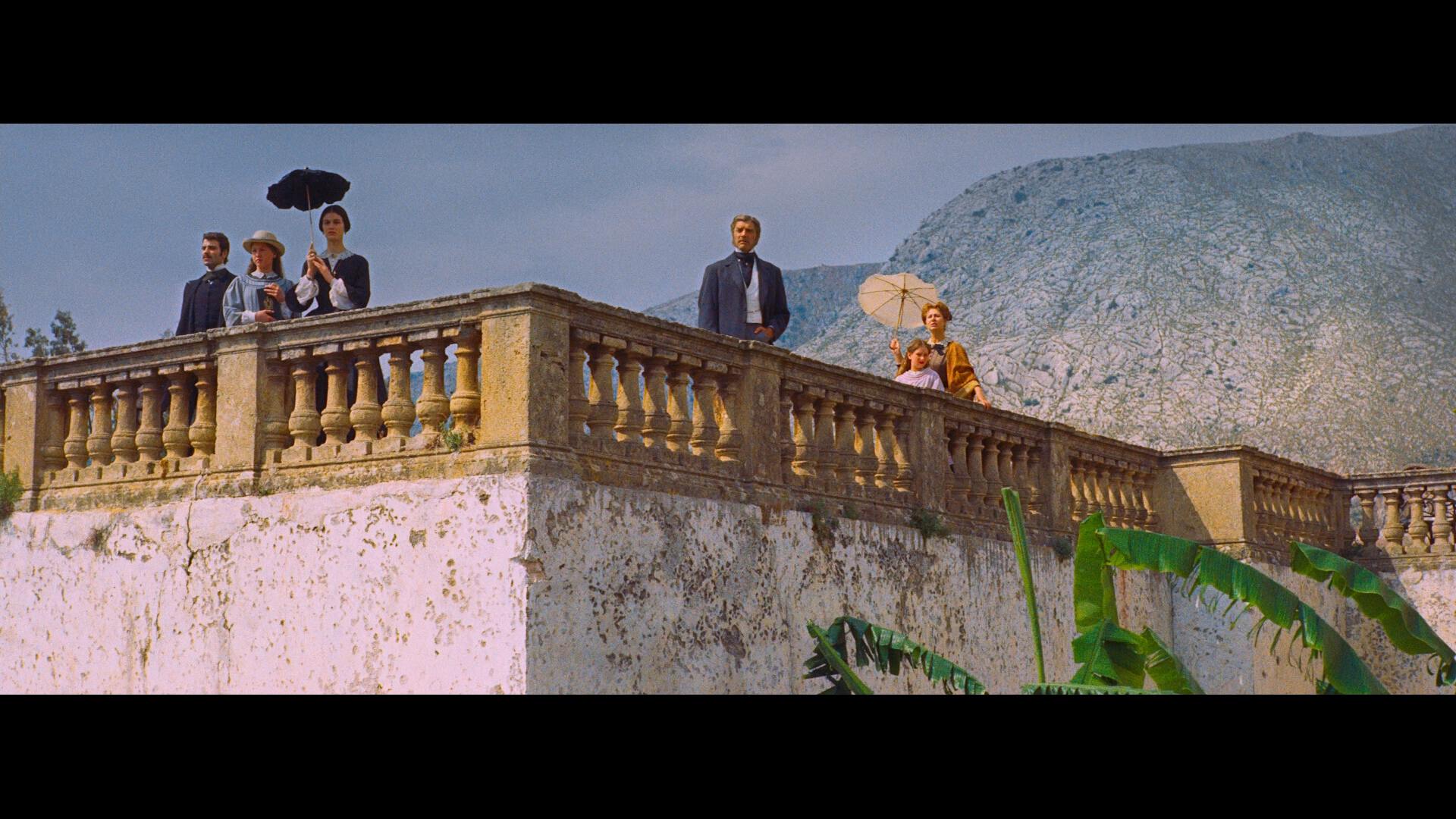
ONLINE JOURNAL FOR ART, CONNOISSEURSHIP AND CULTURAL JOURNALISM

Dedicated to Martin Scorsese
In his 1999 documentary My Voyage to Italy Martin Scorsese (picture above: avsforum.com) did not speak about the one movie, as he said on another, later occasion, he lives every day of his life with: Luchino Visconti’s Il Gattopardo of 1963. I believe that this is for at least three reasons: This documentary covers the time span up to 1963 (yet including Otto e mezzo) and – most important – to some extent movies that Scorsese did see at home together with members of his family and on TV; secondly: in speaking about the Neorealismo period of Italian cinema Scorsese had already addressed the Sicilian roots of his parents families (and also his personal relating to this roots in terms of watching how his relatives reacted to the movies situated in Sicily and other regions of Italy.
But the third reason might be that this not-speaking of the one movie a great filmmaker lives every day of his life with and that figures also – as No. 10 – on his top ten list of movies, expressed all the more passionately the great passion Martin Scorsese had developed, in watching these movies, for the cinema as such, a passion that is also wonderfully displayed in this infectionately passionate documentary. Which makes us think here, in this edition of Microstory of Art, about ways to display affection, passion and love – visually or by ways of scoring it – for cultural things. Because actually Il Gattopardo does figure also in My Voyage to Italy, because Scorsese did choose the one musical theme that one may refer to as the Love Theme from Il Gattopardo for his documentary. And in thinking about ways to express and display passion for cultural things as such as movies (the very term of »connoisseurship« might better be replaced here by »cinephilia«) we come to think also about the musical theme by Rota (and about ways to visualize its intriguing history). And in that this edition of Microstory of Art is also dedicated to composer Nino Rota and his world, and, as we will see, to writer Giuseppe Tomasi di Lampedusa.

(Picture: 24.media.tumblr.com)
http://www.youtube.com/watch?v=PC4k5bC8IuI ; http://www.seybold.ch/Dietrich/NinoRota
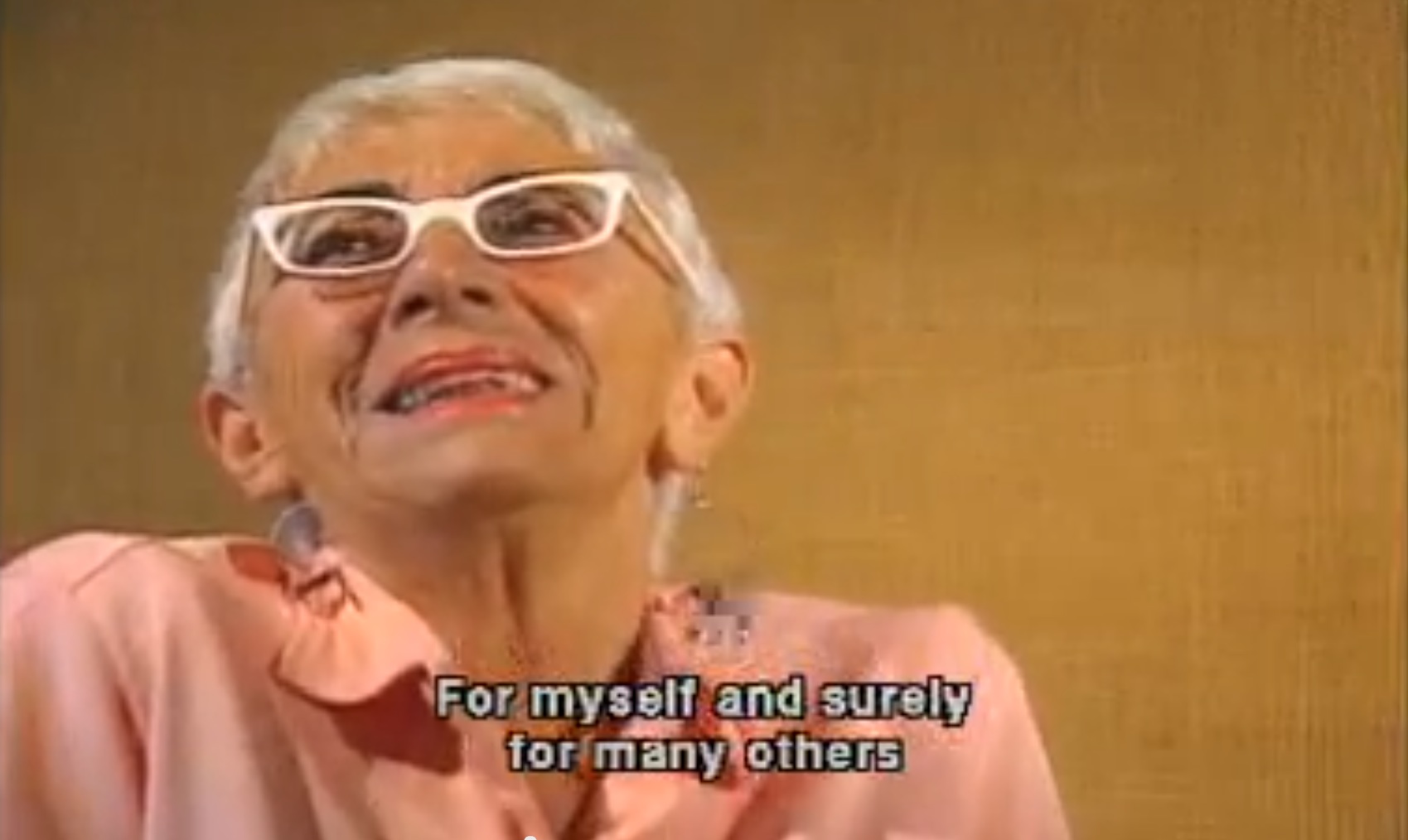
(Picture taken from the 1993 Nino Rota documentary by Vassili Silovic as seen on Youtube; henceforth quoted as »youtube.com«)
On a Musical Theme
I believe that there are two ways to think of a musical theme: On the one hand it is a like a living being, yet capable of metamorphosis, and equipped with something like an own will or interior dynamic.
On the other hand, if put in context of a film, the theme may dematerialize, or better: while it is still something like a living being, capable of metamorphosis, it dematerializes to become the tone of the film’s narrative, a fluid, atmosphere or aura of things and persons, also such the like of pictures. And in attaching thus to a context – like the light does and has things radiate –, it is becoming part of the context it attaches to and that also demands and allows the theme this sort of plugging in that brings, literally, out an inner emotional quality of a scene by means and in terms of music.
And just because of the theme’s capability to attach to all kinds of situations, the theme shows also a seeming capability to jump from context to another, again showing its being something like a »jumpy« living being.
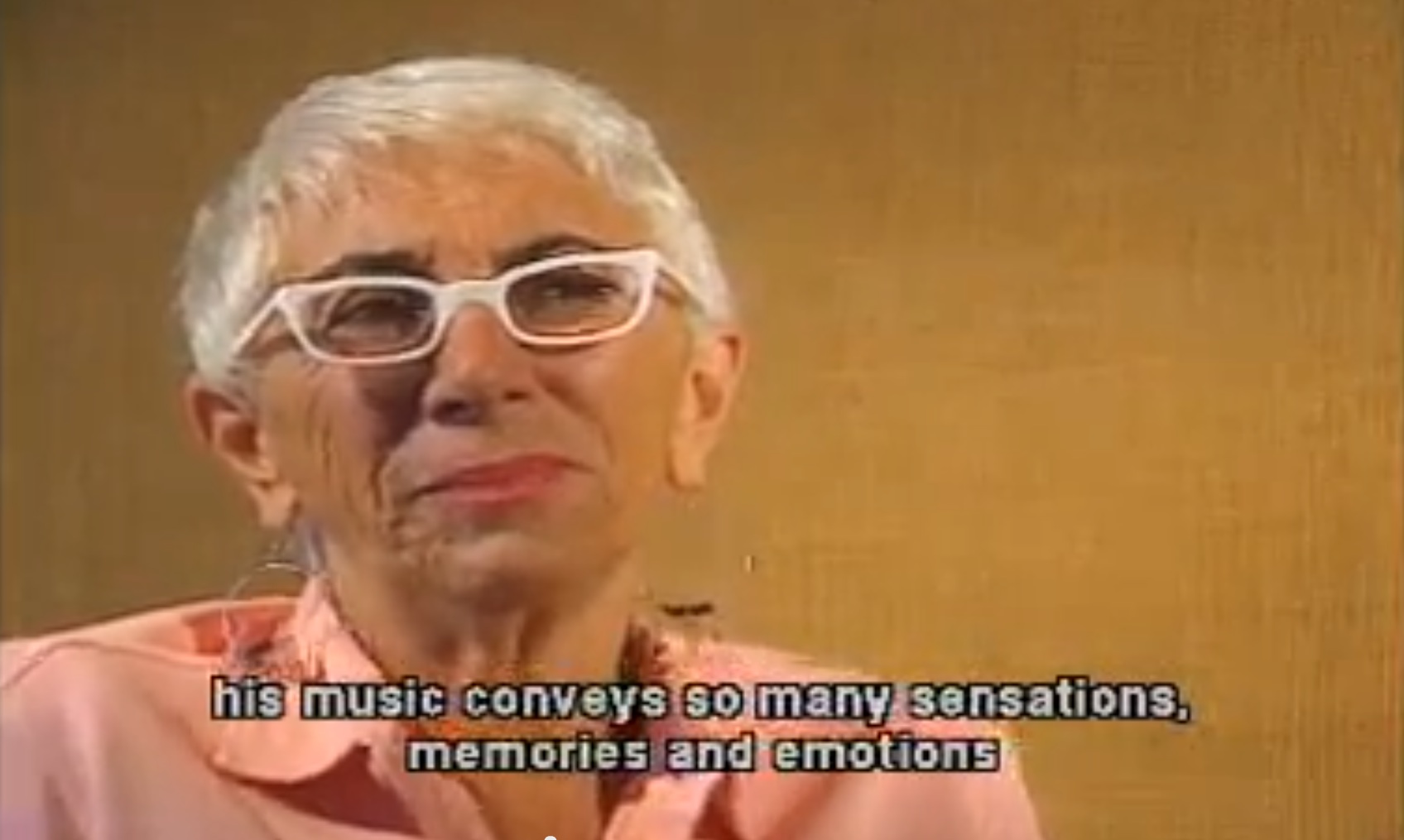
(Picture: youtube.com)
At least: the musical themes invented by Nino Rota have all this qualities their inventor – yet I don’t know, if Rota though of his composing as inventing – supported, allowed and – also defended (despite and because of being accused of self-plagiarism). In other words: musical themes by Nino Rota, and used by film directors like for example Luchino Visconti or Francis Ford Coppola, have their own history, and they also bring this history to the new context (and also the memories and nostalgias of those who have encounterd the theme in another contexts, the new context may allow it or not). And while it is known that Rota used to re-use thematic material invented by him (and did for example not, at least not in a conventional sense, invent the music for the movie Il Gattopardo on occasion of working for that particular movie), little is known of the histories of these various themes, the Love Theme in particular, these histories, although some musicologists are very dedicated to Nino Rota, never having been written, not to mention: been visualized.
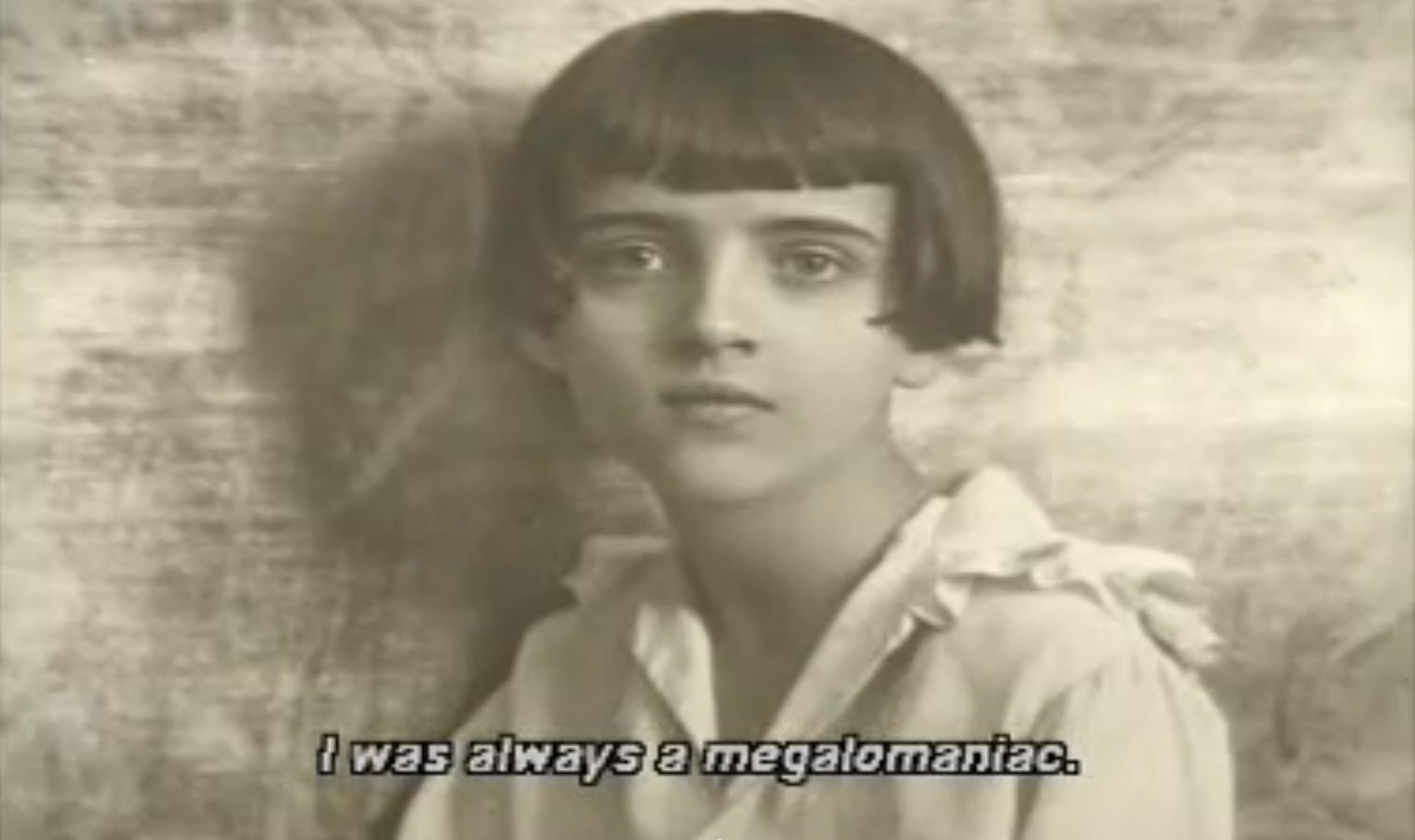
Although often referred to as having been extremely timid, composer Nino Rota thought of himself as being megalomaniac himself. Which reminds of what connoisseur of art Max J. Friedländer said of himself: While always thinking that others thought very little of him, he never thought of himself that way. And Friedländer did ask: Who does? (Picture: youtube.com)
Said this we may ask now: it is the Love Theme of Il Gattopardo that sounds to the titles of Martin Scorsese’s My Voyage to Italy, although the movie is not being discussed within the documentary? Is it a Viaggio a Donnafugata theme (because the soundtrack to Il Gattopardo couples musical themes in puzzling ways)? Or something else, or something new?
Because the theme, on the one hand and as a matter of fact, is much older, but being played to the titles of and thus framing the Scorsese documentary, it transmits, symbolizes and underscores something of the filmmakers passion mentioned above. Thus the theme, being attached to a new context, in a way becomes loaded with this passion, with new emotions that, on the other hand, it helps to bring out.
*
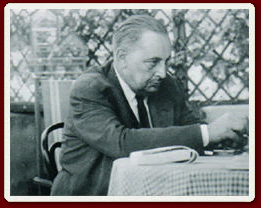
(Picture: parcotomasi.it)
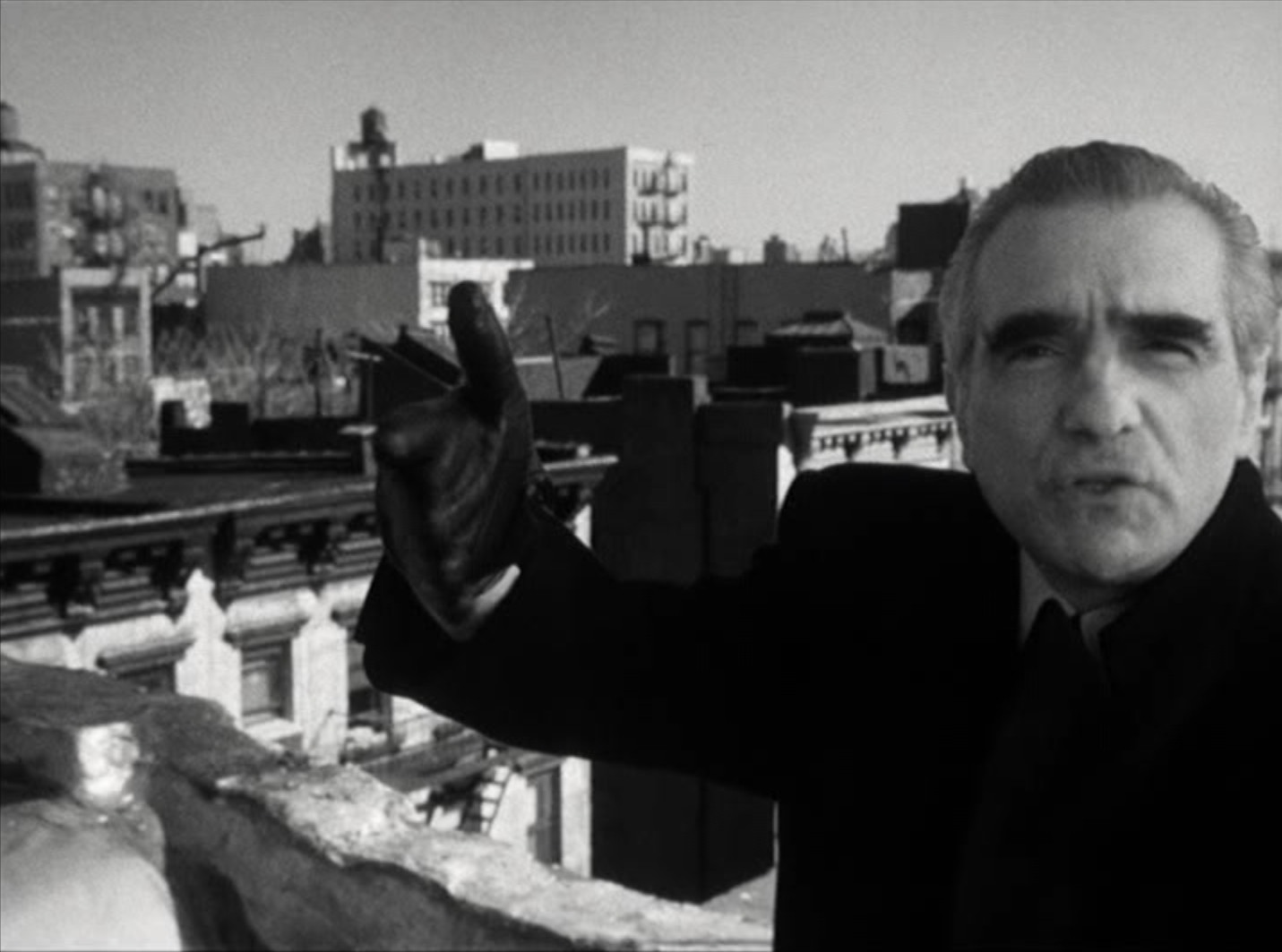
(Picture: My Voyage to Italy)

(Picture: internationalcinemareview.blogspot.com)
At a time when neither the novel, the movie Il Gattopardo is based upon, nor, obviously, that movie did exist – yet the musical theme, later referred to as the Love Theme of that movie had already been invented – the later novelist Giuseppe Tomasi di Lampedusa assembled, at Palermo, a circle of amateurs with a passion for literature amongst him. Seemingly not very keen to actually become to be a novelist as soon as possible, Tomasi did lecture for example on a series of English writers that very summer and, apparently, for about a year. And it was the year of 1954, when this circle of passionate amateurs assembled (Tomasi died in 1957).
This series of lectures, equally passionate as Martin Scorsese’s documentary is, yet set an interesting counterpoint as to the ways how to display passion for cultural things. Because Scorsese is all but being ironic. He does not actually criticize, nor does he grunt or grouch (only his reading of the teleprompter does to some degree moderate his, characteristic, nervously passionate leading through the documentary). His displaying of affection, passion and love, seemingly, did not allow, or at least: not include these kind of expressions.
But Tomasi’s displaying of passion is a constant railing against, grouching and grunting. Not only directed agains the difficulties to actually get particular books at Palermo (which, seemingly was then a complicated, troublesome task and demanded actual trips to Rome), but also against writers, strategies of writing and so on. But still: Tomasi is displaying passion, for writers, for strategies of writing. And it is just another way of light that radiates from in between the lines, and shines all the more brightly as it is – yet not entirely – covered by irony. It is about literary connoisseurship, if the term might be allowed to be re-introduced here. And the Tomasi lectures are as infectionately passionate as the Scorsese documentary is.
*
The Love Theme of Il Gattopardo, we call it here for reasons that we’ll explain later, the Andante sostenuto theme (http://www.youtube.com/watch?v=PC4k5bC8IuI), has at least five appearances within the movie. One may say that Visconti used it for five different occasions, four of which being classic motifs of world literature and art, and one being a more secular one.
1) The theme is being played when we, the audience, enter the garden to the palace shown above, when we approach what, for some and at least for the members of the di Salina family, might be the embodiment of home (and the affection one has for what one calls »home«, which, by the way, could also be the music of Nino Rota, and since his name appears on the screen, one might call the theme also as his ›signature‹ or his ›signature theme‹). Every novel, someone has said, actually begins either with a departure or a coming home (and one has interpreted the Love Theme from The Godfather as also, among other things, bringing out the love that the Don, being brought to an American hospital, still feels for Sicily, his home country).

(Picture: avsforum.com)
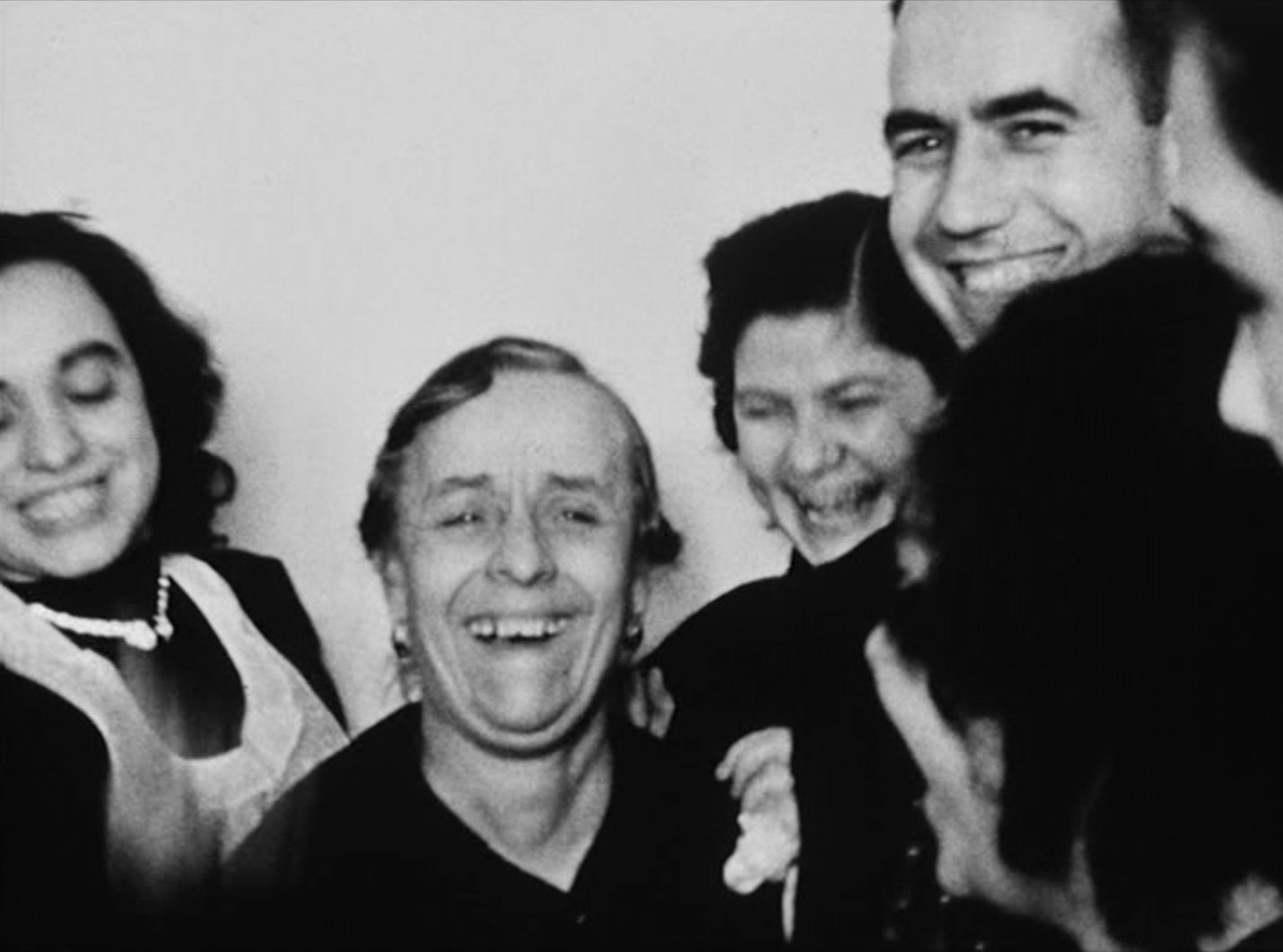
(Picture: My Voyage to Italy)
2) The theme is being played when Tancredi leaves the palace of his uncle, his uncle following him and expressing warm emotions for his nephew, all the more so as he is being concerned for Tancredi joining the revolution. As Tancredi waves good bye to his family, gathered at the palace’s terrace, the theme displays the warmth of family (and the second archetypal motif of world literature: the drama of departure).
3) The theme is being played when Concetta and Tancredi, on occasion of the family’s trip to Donnafugata, refresh themselves at a fountain. (For the motif of the fountain and of love growing at a fountain see here).
4) The theme is being played when Angelica has her first appearance and everybody (maybe except of the Princess) is enraptured. It underscores what I would like to call here a horizontal coup de foudre (because the lightning hits more than one person at once).
5) And this is the more secular motif, the theme being played to the end credits after the movie has ended, and not least contributing to an opera like apotheosis of the whole narrative, but also leading to an apotheosis of the end title saying »Technicolor«.
*

(Picture: lovelybooks.de)
At a time when the movie Il Gattopardo had become a common good, the German writer, biographer and editor Joachim Fest travelled to Sicily. May it have been for journalistic reasons – a meeting with a »Man of Honor« was arranged as well. And what did the two men, the writer and the »Man of Honor«, discuss, amongst other things?
Discussing might not be the appopriate word here, but the »Man of Honor«, on that occasion (a little contradicted by Fest), railed against Luchino Visconti movies more in general, and against Il Gattopardo in particular, because of being sentimental, and against its ending very in particular (which, as before mentioned, has, after the actual narrative has ended, the theme being played to the end credits) just being, once again, »tears of an old man«, and not bringing out the abysses displayed by the novel.
I wished now that we could have Giuseppe Tomasi di Lampedusa join our discussion here, not only as to literary and narrative strategies in general, but also to have him bring in his views upon the relation of musical avantgarde and popular film music themes.
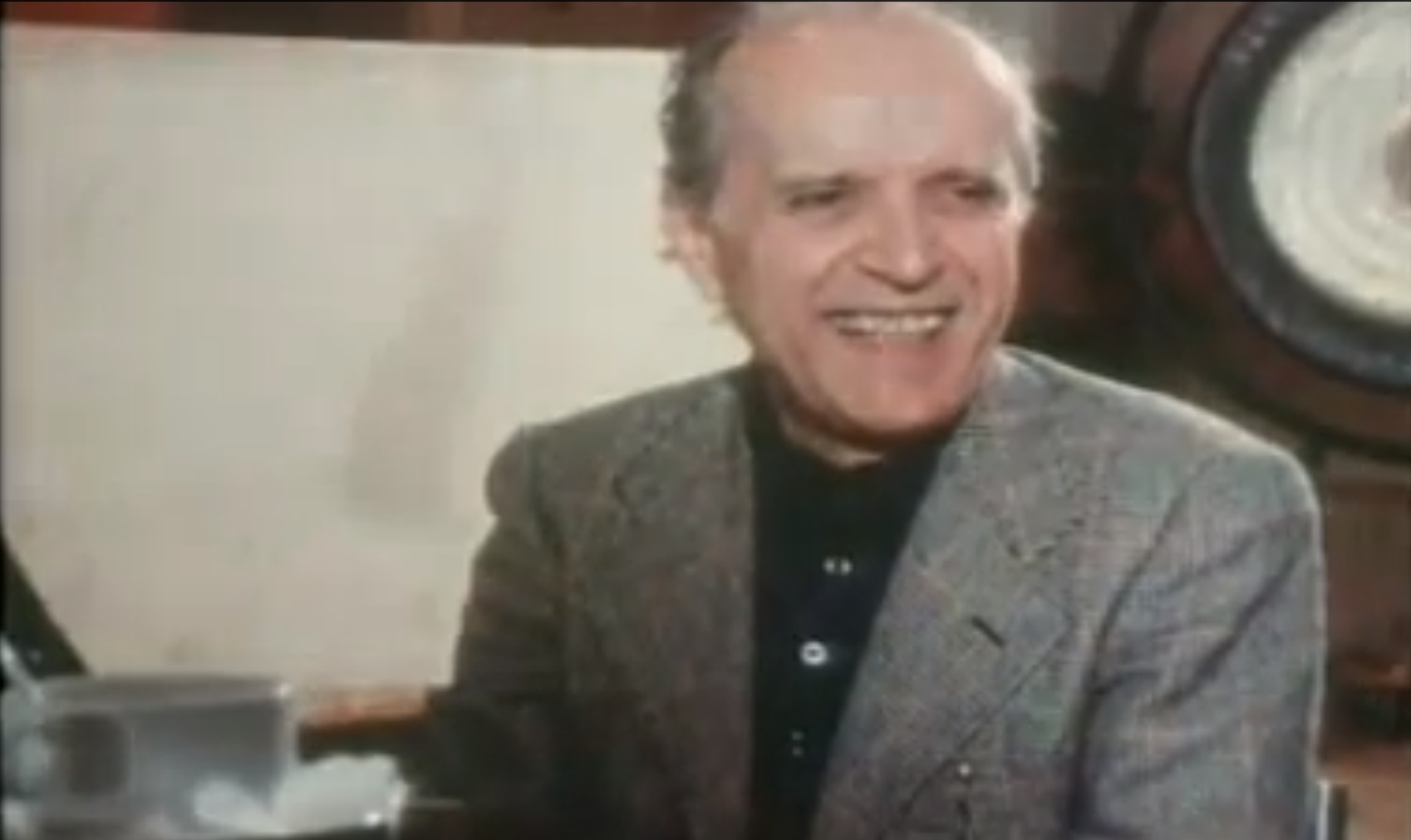
While being interviewed Nino Rota, who is remembered as having been extremely kind, had accepted a cigarette offered to him, but after one had offered also to light it for him (and while still being interviewed), the situation forced Rota to admit to the interviewers that he didn’t smoke. This is Nino Rota smiling or laughing with the interviewers about the incidence (picture: youtube.com).
One does know for example that Rota saw the doing of Karlheinz Stockhausen critically, but with respect. And it is tempting to think of the musical history of the 20th century rather in terms of a mutual observing of avantgarde and popular music, and not in terms of separate histories to be written seperately (and one is to recall that Rota did suffer of his music being categorized as not-serious, old-fashioned and inconsequential, and only being popular).
The Andante sostenuto theme was meant as a theme breathing the spirit of 19th century symphonic music of composers like Brahms, Dvořák or Mahler. This was not least the reason why Luchino Visconti accepted what Nino Rota had suggested to be the musical concept of the movie Il Gattopardo: a re-using of thematic material that he had used, more than a decade before, for a Sinfonia sopra una canzone d’amore, finished in 1947 (but not published, nor performed at the time), and we speak here of the Love Theme as the Andante sostenuto theme, because the Symphony represents the musical structure displaying the theme as the main theme of its third movement (http://www.youtube.com/watch?v=PC4k5bC8IuI).
It is yet not quite clear, if the theme, from the beginning, was or was meant to be the main theme of a musical symphony. As far as I can see, we cannot speak for the moment of an actual beginning. Because Rota did use the musical material used within the symphony also for at least two other movies, and already in 1943 he had apparently worked on the mentioned symphony, but at that time, he had laid this work aside, to finish it only in 1947). And future Rota musicology is certainly going to bring out more accurately the actual history of the theme, that – somewhere, sometime – was invented or grasped by the composer, because it was, as a potential musical structure breathing the spirit of 19th century symphonic music, hovering through time and space like a feather. Somewhere, sometimes it was grasped (or plucked). Where exactly, we don’t know. Which means that, at least for the moment, it is only possible to situate this grasping more or less vaguely, by situating Rota’s own biography in space and time.
*
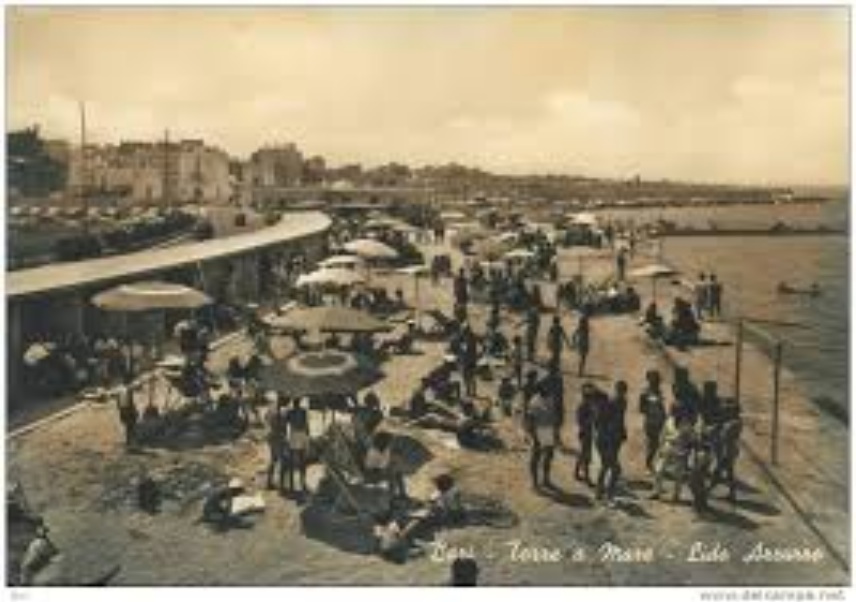
»Rota and his mother Ernesta spent the 1940–1950 decade in Torre a Mare, a fishing village eleven kilometers south of Bari along the Adriatic Sea«, Nino Rota-scholar Franco Sciannameo, who is teaching at Pittsburgh, Pennsylvania, writes (p. 7 of his Nino Rota’s The Godfather Trilogy). And goes on to say: »This village, now a thriving seaside resort, is also my hometown. It was there that many families sheltered themselves from the calamities of the war while anxiously awaiting for its cessation. Torre a Mare became a sort of communal fairyland where meals were shared, stories were told, and many movies were watched while music and war bulletins were heard through the static of radio speakers. As a young boy, I remember Signora Rota-Rinaldi crossing Torre a Mare’s piazza like an exiled queen followed by young maestro Nino. They lived in a house not far from ours and in the summer months I could hear Rota playing his (perennially out-of-tune, I was told) upright piano.«
(Picture: delcampe.com)
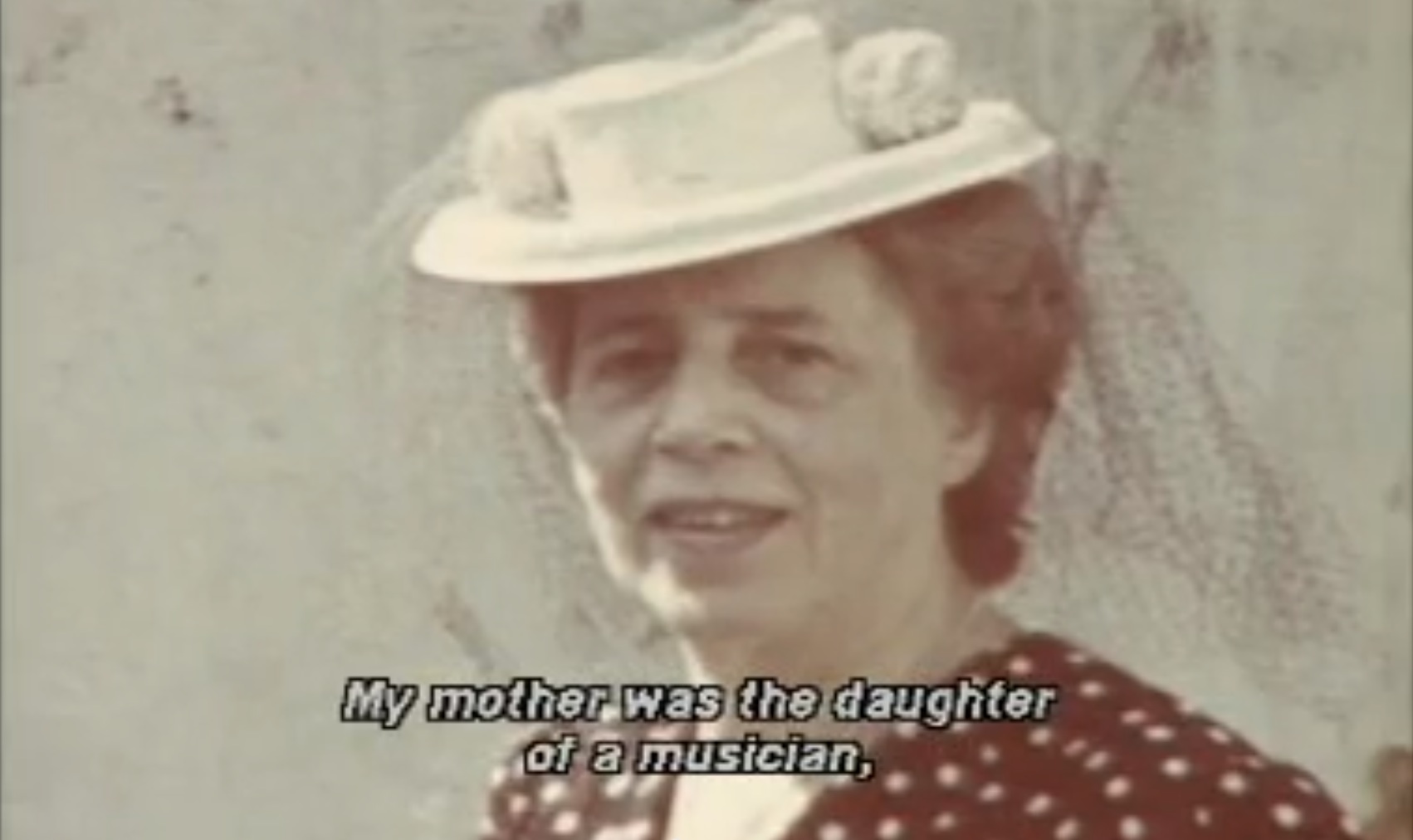
(Picture: youtube.com)
Actually born in Milan in 1911, Nino Rota came to Bari in 1939 to teach at the Bari Liceo musicale (that was to become a conservatory in 1959). Lina Wertmüller, in the beautiful Rota documentary by Vassili Silovic, describes the conservatory, situated in an old cloister, as a place with magic, in its breathing out melodies and scales, in one word: music, from within the building into the near surroundings.
After finishing his studies in 1930 and after having spent the years 1931 and 1932 in the United States, Rota had began to write music for films in 1933. And although his world, in hindsight, appears to have been full of magic, magic tales and magic anecdotes (about his falling asleep and still – as a kind of musical sleepwalker – going on to play the piano, for example), one should stay aware of the realities. He was pursuing, for example, a career as a composer of classical works, of operas, and did not always like to be drawn to write music for the movies, which he also did to stay in business and, as one might say, as a measure of economic precaution. And above all: one should consider that all this decisions what to do were made in times of pre-war, during the war, and after the war, when, especially after the war, the views on musical traditions associated with a culture that had not prevented war, was naturally growing to be extremly critical and even dismissive.
In 1952 Rota started to work with Federico Fellini (or the other way round), and a collaboration did start that lasted over three decades. The year of 1954, for example, was the year when the film La Strada came out.
*
One thing is for certain: Early in 1954, the novel Il Gattopardo still unwritten, the Love Theme to be (of the movie Il Gattopardo), did already exist. We enter a mythological space of literary history here, if we imagine the very last years of the life of novelist (to be) Giuseppe Tomasi di Lampedusa.
Yet we know the outcome of the story, but nonetheless, the story is not without suspence: Is the novel going to be written? Is it going to be published? Is it going to be published, after its author, in 1957, has died in Rome?
The very last years of Tomasi di Lampedusa’s life, in 2000, have already been the subject, on its own part, of a movie called Il manoscritto del Principe, based of the memoir of one of Tomasi di Lampedusa’s young friends, namely Francesco Orlando, who, in summer of 1954, was exactly twenty years old. Thus we do not consider here to retell the story of the movie, nor to consider the narrative of the memoir. But it is tempting, and this is what we warmly recommend here, to re-read Tomasi’s lectures on English literature (and also his essay on Shakespeare) in the light of what is to come. And we might even dismiss everything known biographically and imagine our own circle of amateurs among the Prince, whose members all share a passion for literature, and, as being in their twenties, are all interested in contemporary music and film, and also have an ear for what Tomasi di Lampedusa has, in passing by, to say on film and music.
While claiming to know nothing at all about music (as Tomasi does in his Shakespeare essay where he is, nonetheless, being very critical as to the Verdi libretti by Arrigo Boito, based on Shakespearian plays), Tomasi di Lampedusa actually did go to the cinema, at least once – since Laurence Olivier’s interpreting of Hamlet is mentioned in passing by.
These tiny bits of information, as to the novelist’s views on film and music, add to what Tomasi di Lampedusa has to say on such basic a topic as love. His discussion of Shakespeare’s sonetts might be considered as very revealing as to the novelist’s rather disillusioned view on love and life, but Tomasi is actually rather indirectly addressing these topics. And the lectures have, if you do consider reading the choice that the German publisher Wagenbach has edited in 1995 in a magnificent little book (bound in a red binding that feels particularly good in your hand), a wonderful arc.

(Picture: amazon.de)
Warming up with discussing novelist Henry James he actually does reach a first climax when discussing William Butler Yeats, and one does feel his passion for English poetry here most intensily, not to speak of Tomasi’s lively interest, as a Sicilian, for Ireland.
The actual climax of the series of lectures might be the lecture on James Joyce, but also the Virgina Woolf lecture is especially interesting, because of as to this writer’s status the novelist Tomasi still feels somewhat insecure. While he shows being most interested in all that has to do with actual literary technique, and he presents his imaginary or real audience with the imposition of having – sorry for you – to speak about all the main Woolf novels.
As I mentioned above Tomasi di Lampedusa’s style of displaying passion is characterized not least by his grouching and occasional railing, by his irony and, most important, by his strong sarcasm. And all these reader’s impressions taken together might actually shape a lively portrait of Tomasi di Lampedusa’s nature as a man. Still: We leave it open, as to what cinematic or musical strategies he would have imagined for a film, based upon his novel that he, in his lifetimes never saw published.
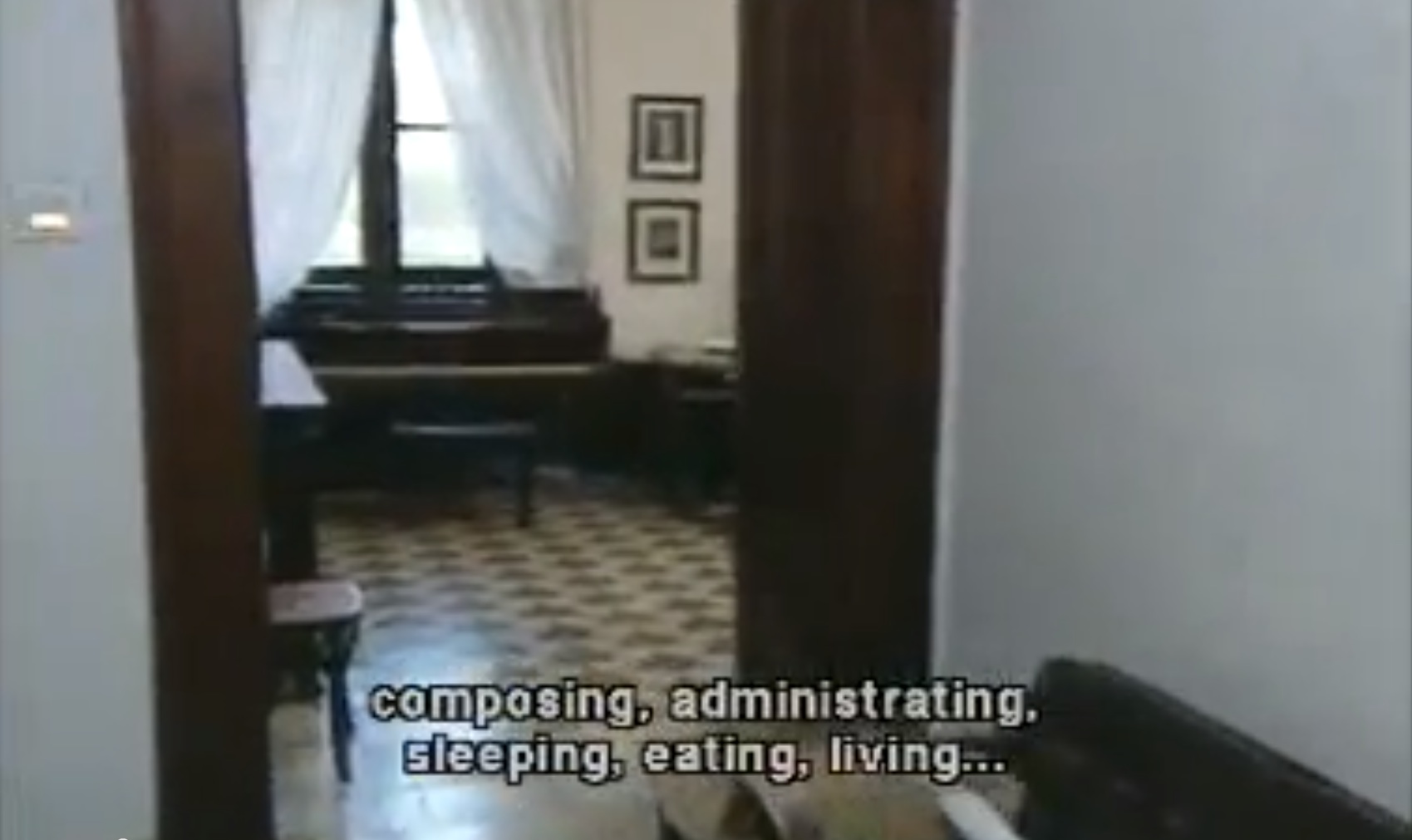
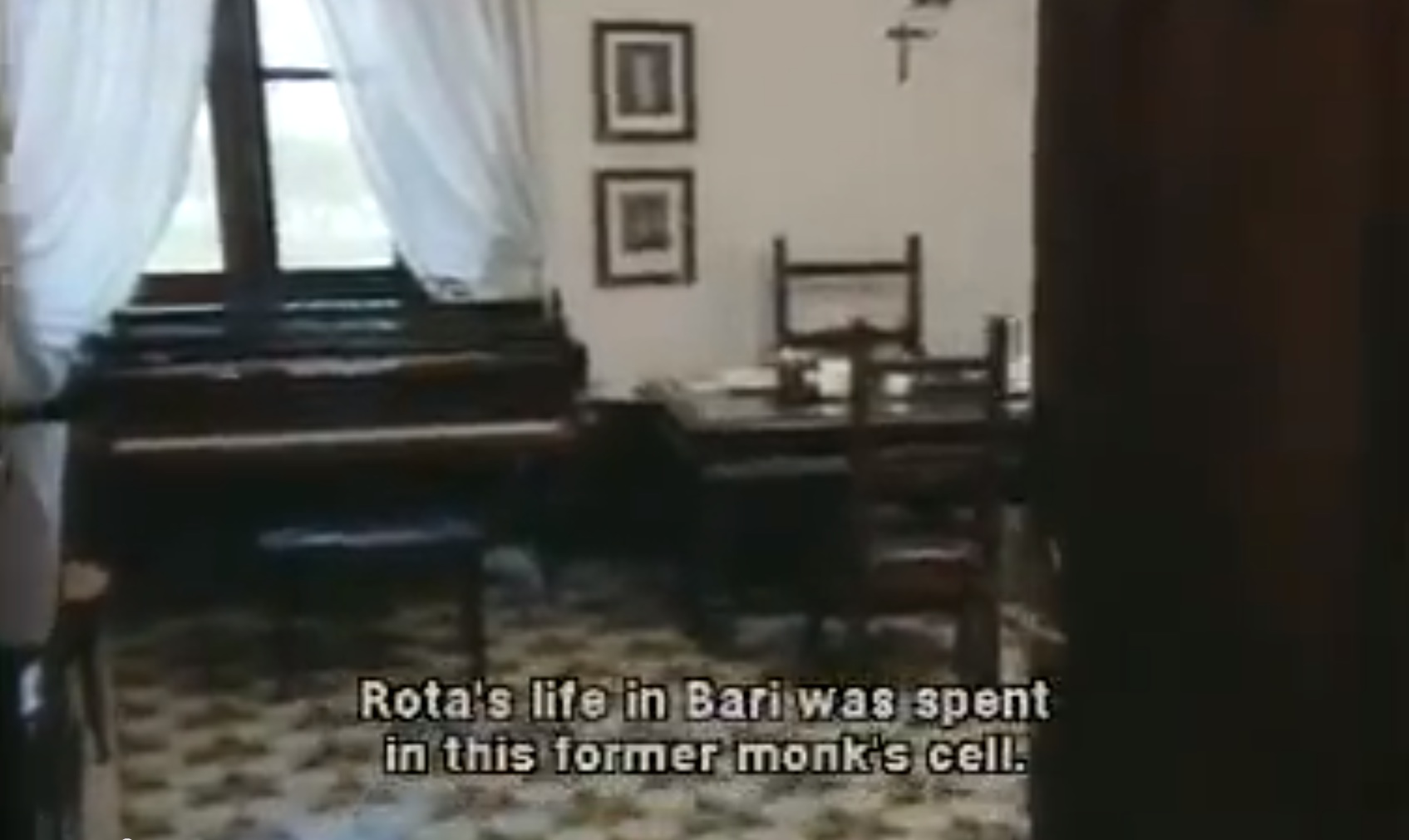
Nino Rota-scholar Franco Sciannameo speaks of Rota’s »non-Catholic religious mysticism« (note 158 on p. 158 of his Nino Rota’s The Godfather Trilogy) and also points to the challenge that the composer’s lifelong interest in and passion for Hermeticism presents to further scholarship.
(Pictures: youtube.com)
*
At the latest by now it is time to have the Andante sostenuto theme by Nino Rota played here (once more: http://www.youtube.com/watch?v=PC4k5bC8IuI).
Within the movie Il Gattopardo it is interpreted and harmonized in various ways. We hear it, as also in Martin Scorsese’s documentary, painted not least with a rather large brush, but we also hear in interpreted in more intimate, or introspective ways. And the above mentioned Symphony, that Rota did finish in 1947, has a third movement, based on that theme, that is played much more reserved than the theme’s large brush shape of appearance might suggest, but all the more intensely and, as we think, all the more beautifully.
Two actual cadences lead to an actual melody’s ›taking off‹. The musical line lifts us, after the second cadence, not hovering on a feather through time and space now, but hovering on a sort of magic carpet, and what offers to our view is a large panorama of things.
From within this musical theme, as it were, it is possible to open perspectives into various directions. We might look back to 19th century musical traditions and the inspirational factors for such a theme; but we might also leave behind such rather academical considerations and look actually, from our bird’s eyes view on other things. On the year of 1943 for example, one of the most horrible years within the history of mankind and on the »age of extremes«; on Sicilian emigrants leaving the island in about 1910, heading to New York and settling in a new life.
We might look on musical traditions and breaks of tradition after the Second World War. We might consider Irish poetry, and how it does speak of love.
We may spot now the enchanted conservatory of Bari in 1939 with Nino Rota arriving as a teacher and composer, spending, with his mother, the 1940s and 1950s largely there (and also in Torre a Mare), and we see the Fellini-Rota collaboration taking shape.
We may spot a future Nino Rota musicologist leaving his hometown and home country for Pittsburgh. And we may, at the year of 1954, discover that the novel, that is to be the basis of a movie – a new home, possibly, of a musical theme – is still unwritten. But no, it is now published and becoming a huge success, as will be the movie based upon it, although Martin Scorsese did reveal on another occasion that it was, for him, a movie that won its huge importance for him as a filmmaker and as a human being only over time.
This film now having ended, its one musical theme is still resounding, now again hovering through time and space like a feather. Only to land and to take off again, to reappear on many an occasion. And not least: attaching to a 1999 documentary on Italian film history, directed and narrated by a descendant of the before mentioned Sicilian emigrants (and also known as having directed one gangster movie, in particular, that takes a less romantic view upon the history of the mob than the actual The Godfather trilogy, but also having directed a society portrait with The Age of Innocence which might be seen as Martin Scorsese’s ›answer‹ to Il Gattopardo).
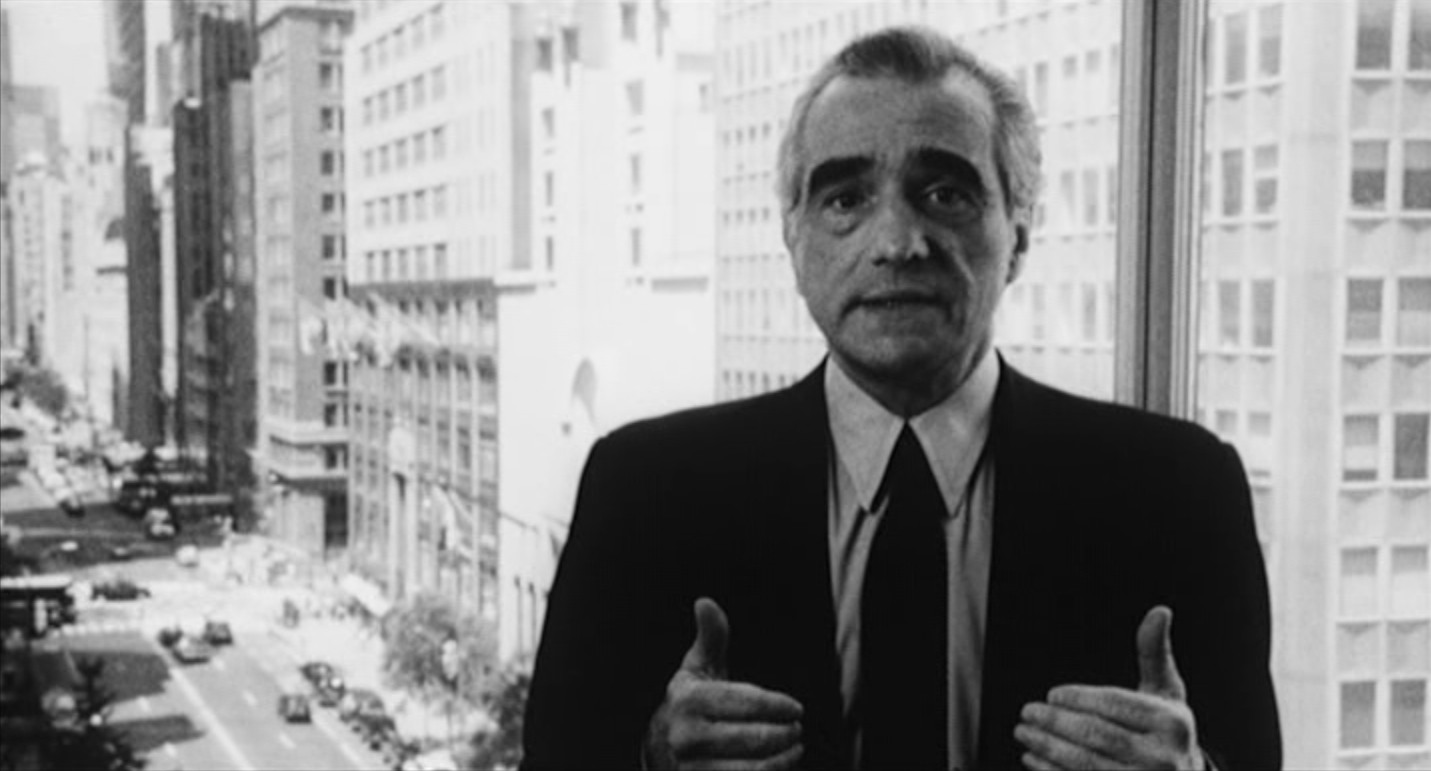
(Picture: My Voyage to Italy)
Postscript: I do recall having attended a Jazz concert, during the 1990s, at a Basel club, a concert that I recall as not having been very inspired nor inspirational. But I do recall one particular moment when the band leader (actually the drummer), demanded of his young sidemen, to »give« him the theme of The Godfather. This is one of the moments, where you listen up, and one of the young sideman went on to play a few notes on his piano of the actual Love Theme from The Godfather trilogy, also known, as Appolonia’s Theme.
This particular moment, among other things, when another Nino Rota theme, an even more famous one than the actual Love Theme of Il Gattopardo, suddenly and unexpectedly did resound and did attach to this particular and maybe unusual context of a Jazz concert, this recollection of a concert of which I have, besides that, little recollections, might be one of the reasons that finally led to the writing of this essay »on a musical theme«.
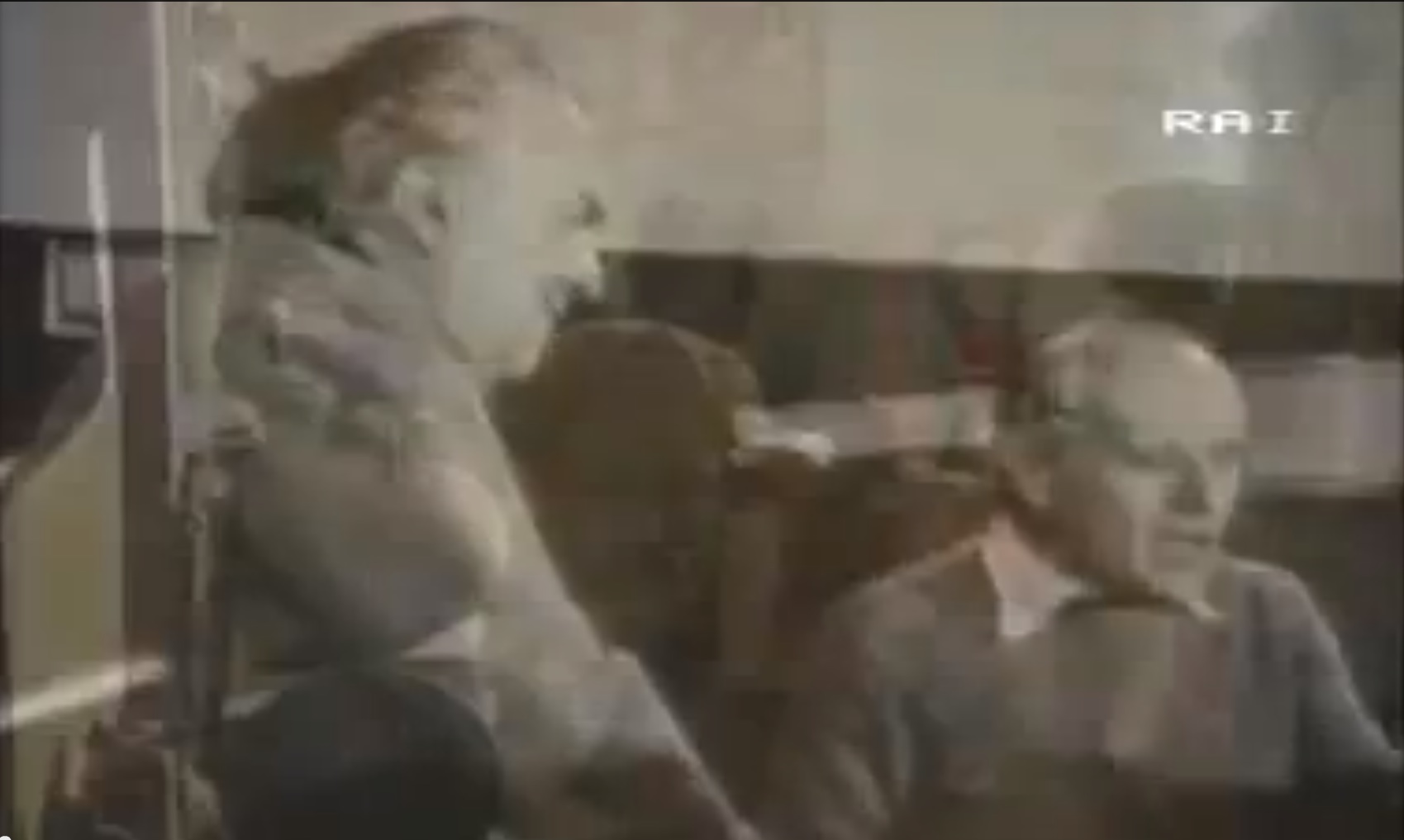
Federico Fellini and Nino Rota in action – or demonstrating to the camera how their cooperation did work (and thus playing literally themselves) (picture: youtube.com)
Recommended further reading:
Giuseppe Tomasi di Lampedusa, Shakespeare, 1994, and Morgenröte der englischen Moderne, 1995 (or letterature inglese and letteratura francese, as being edited in 1995)
Franco Sciannameo, Nino Rota’s The Godfather Trilogy, 2010
Richard Dyer, Nino Rota. Music, Film and Feeling, 2010
Joachim Fest, Im Gegenlicht. Eine italienische Reise, 1996 (1988)
and: http://archiviostorico.corriere.it/2010/maggio/15/emozione_Scorsese_quando_Gattopardo_apri_co_9_100515083.shtml
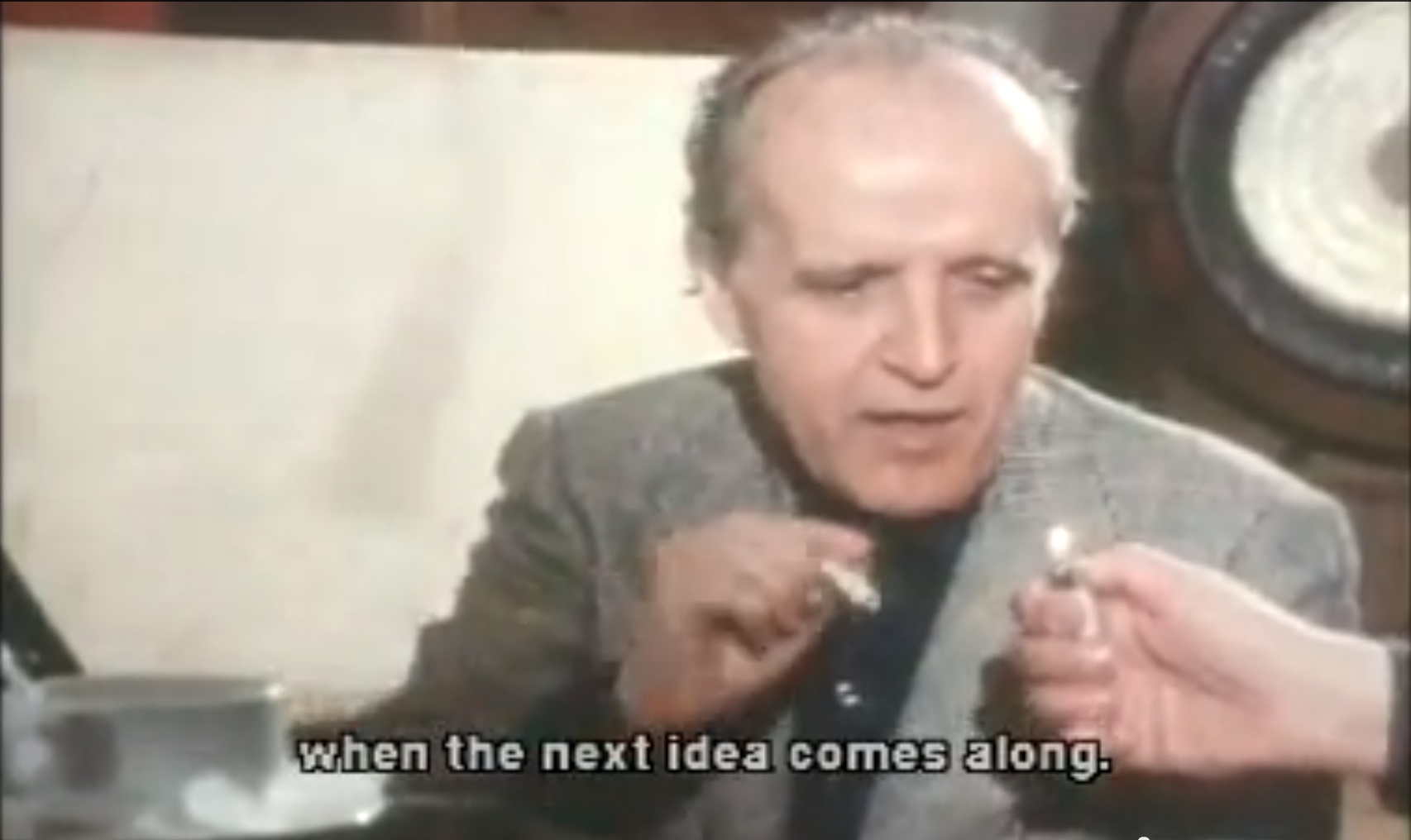
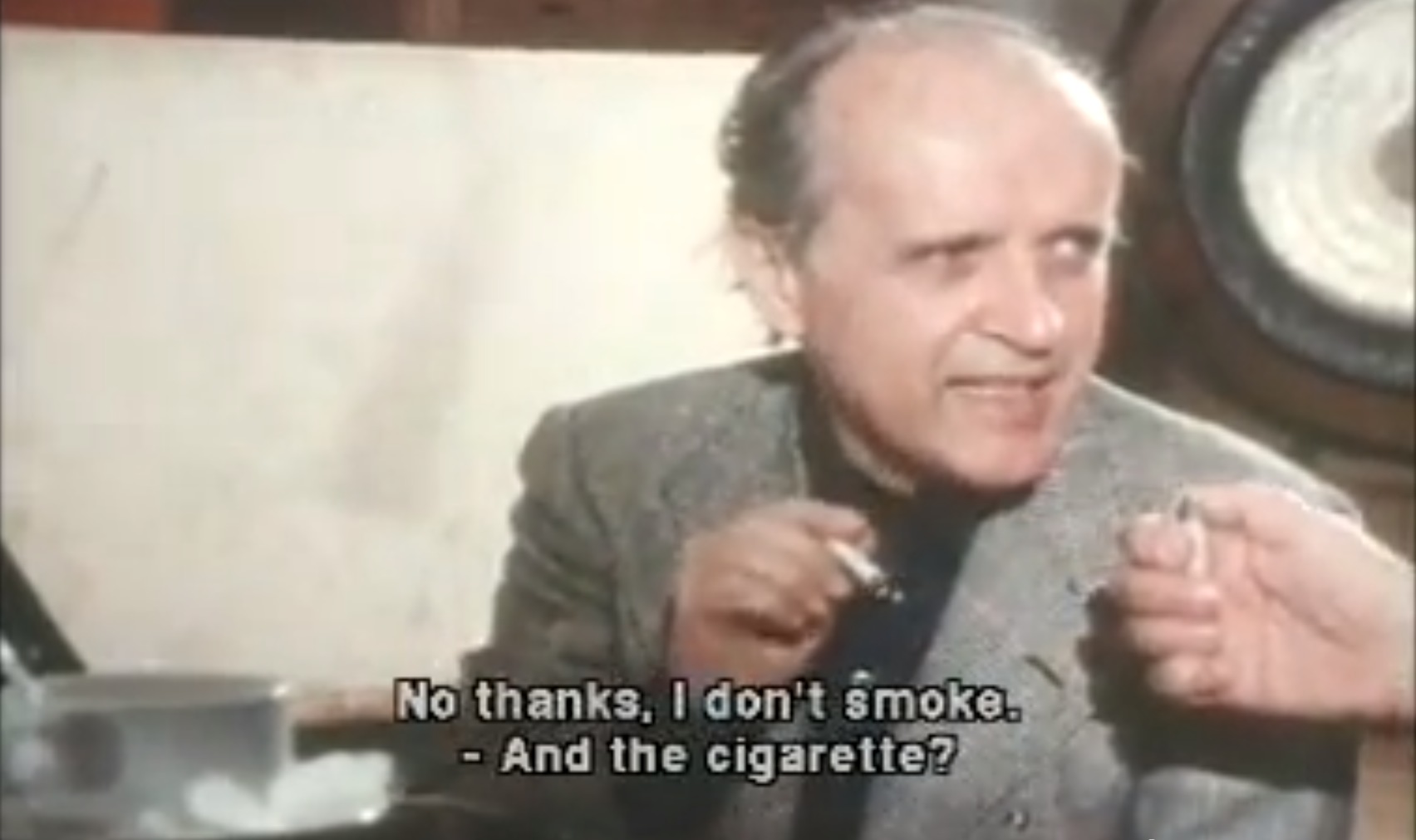
(Pictures: youtube.com)
MICROSTORY OF ART
ONLINE JOURNAL FOR ART, CONNOISSEURSHIP AND CULTURAL JOURNALISM
HOME
© DS